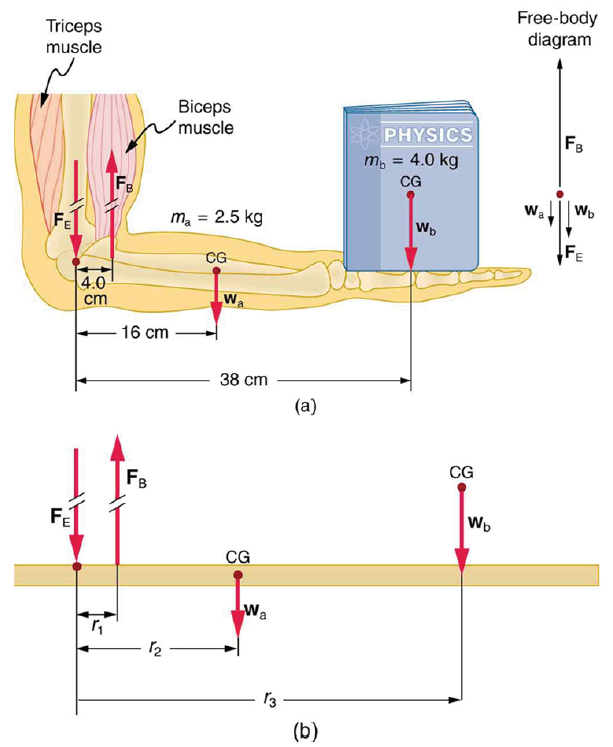Search results
Mechanical advantage is a measure of the force amplification achieved by using a tool, mechanical device or machine system. Ideally, the device preserves ... more
Torque, moment, or moment of force is the tendency of a force to rotate an object about an axis, fulcrum, or pivot.
Moment of inertia is the mass
... more
The constant K_v (motor velocity constant, or the back EMF constant) is a value used to describe characteristics of electrical ... more
A transformer is an electrical device that transfers energy between two circuits through electromagnetic induction. A transformer may be used as a safe and ... more
A transformer is an electrical device that transfers energy between two circuits through electromagnetic induction. A transformer may be used as a safe and ... more
In mechanical engineering, the Beale number is a parameter that characterizes the performance of Stirling engines. It is often used to estimate the power ... more
The West number is an empirical parameter used to characterize the performance of Stirling engines and other Stirling systems. A Stirling engine is a heat ... more
The constant K_v (motor velocity constant, or the back EMF constant) is a value used to describe characteristics of electrical ... more
Solar cell efficiency is the ratio of the electrical output of a solar cell to the incident energy in the form of sunlight. The energy conversion ... more

(a) The figure shows the forearm of a person holding a book. The biceps exert a force FB to support the weight of the forearm and the book. The triceps are assumed to be relaxed. (b) Here, you can view an approximately equivalent mechanical system with the pivot at the elbow joint
Strategy
There are four forces acting on the forearm and its load (the system of interest). The magnitude of the force of the biceps is FB, that of the elbow joint is FE, that of the weights of the forearm is wa , and its load is wb. Two of these are unknown FB, so that the first condition for equilibrium cannot by itself yield FB . But if we use the second condition and choose the pivot to be at the elbow, then the torque due to FE is zero, and the only unknown becomes FB .
Solution
The torques created by the weights are clockwise relative to the pivot, while the torque created by the biceps is counterclockwise; thus, the second condition for equilibrium (net τ = 0) becomes
Note that sin θ = 1 for all forces, since θ = 90º for all forces. This equation can easily be solved for FB in terms of known quantities,yielding. Entering the known values gives
which yields
Now, the combined weight of the arm and its load is known, so that the ratio of the force exerted by the biceps to the total weight is
Discussion
This means that the biceps muscle is exerting a force 7.38 times the weight supported.
Reference : OpenStax College,College Physics. OpenStax College. 21 June 2012.
http://openstaxcollege.org/textbooks/college-physics
Creative Commons License : http://creativecommons.org/licenses/by/3.0/
...can't find what you're looking for?
Create a new formula
Calculate the force the biceps muscle must exert to hold the forearm and its load as shown in the figure below, and compare this force with the weight of the forearm plus its load. You may take the data in the figure to be accurate to three significant figures.